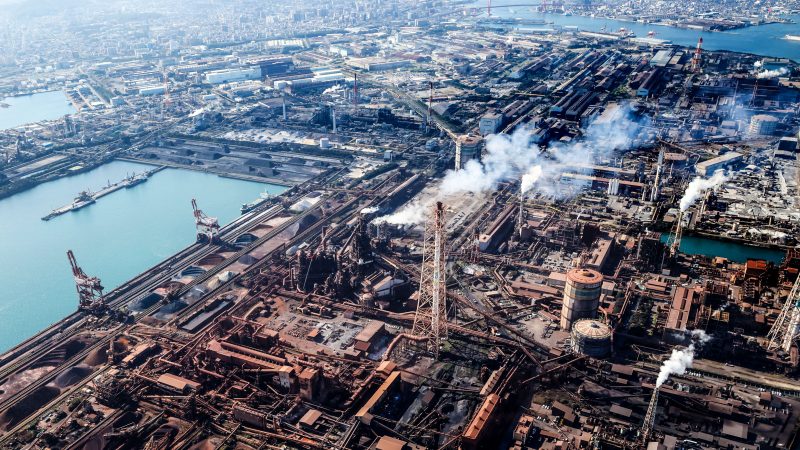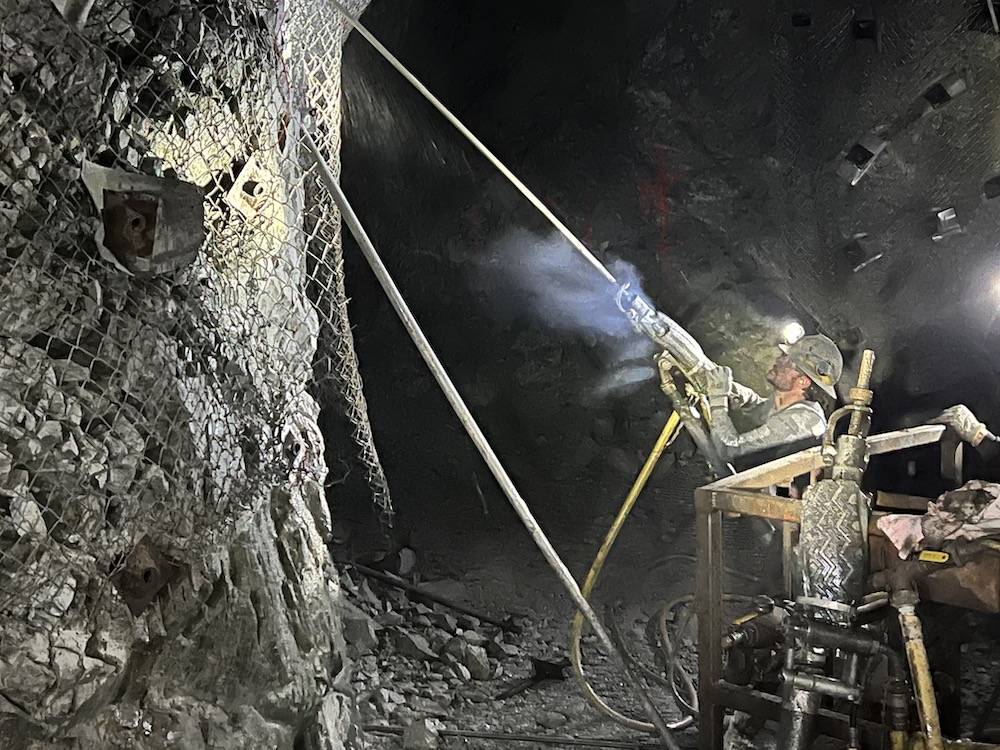
Introduction: Nippon Steel’s Green Steel Transformation
Nippon Steel is shifting to sustainable steelmaking methods. The company is adopting electric-arc furnaces (EAFs) and hydrogen-based direct reduced iron (DRI) production. This transformation aligns with Japan’s Green Transformation (GX) Promotion Act. Nippon Steel was chosen to lead decarbonization efforts in the steel sector. By 2029, it plans to reduce CO2 emissions significantly with these methods.
The company’s strategy focuses on three technological pillars: large EAFs for high-grade steel production, hydrogen injection into blast furnaces, and hydrogen-based DRI production. Nippon Steel believes these innovations will pave the way for the future of green steel production in Japan.
The Role of DRI and HBI in Green Steelmaking
Direct Reduced Iron (DRI) and Hot-Briquetted Iron (HBI) are key to green steelmaking. These methods reduce the need for sintering iron ore fines. Sintering is a major contributor to CO2 emissions in traditional steelmaking. As a result, DRI and HBI are crucial in reducing carbon footprints.
Many steel companies are investing in green iron sources, especially in regions with low-cost natural gas. Fastmarkets reported the price for HBI, cfr Asia, as $330 to $338 per tonne in May 2025. This stable demand is expected to increase as more steelmakers embrace green practices.
Financial Challenges of EAF Conversion
The conversion to electric-arc furnaces (EAFs) offers environmental benefits, but it comes with challenges. The initial capital investment is high, and production costs increase. Energy costs, raw material prices, and infrastructure investments are key factors in determining the financial impact.
Nippon Steel stresses the importance of predictable investment recovery. A company spokesperson pointed out that managing these monumental investments carefully is essential. While the company has received government support, it needs a strong green steel market where carbon reductions are fairly compensated.
Steelmakers are also facing a price premium for green steel. According to Fastmarkets, the price difference between green and traditional steel is around $100 to $206 per tonne in Vietnam. This price gap may create difficulties for companies like Nippon Steel in establishing a sustainable market for green steel.
Nippon Steel’s Advocacy for Green Steel Market Development
Nippon Steel is also working to develop a robust green steel market. The company participates in Japan’s “Study Group on Green Steel for GX,” led by the Ministry of Economy, Trade & Industry. The initiative aims to create a supportive framework for green steel production.
Additionally, Nippon Steel has contributed to the World Steel Association’s “Guidelines on Green Steel.” This document is based on Japan’s Iron & Steel Federation standards. By contributing to these efforts, Nippon Steel aims to build a global infrastructure that boosts confidence in green steel.
Industry-Wide Shift: Impact on Steel Scrap Markets
Nippon Steel is not the only company shifting to EAFs. Other Japanese steelmakers, such as JFE Steel and Kobe Steel, also plan to convert their operations. This industry-wide shift will likely increase the domestic demand for steel scrap. EAFs require more scrap steel compared to blast furnaces.
Japan currently exports steel scrap to various countries, including South Korea, Taiwan, Vietnam, and Bangladesh. However, as domestic demand rises, the availability of scrap for export may decline. As of May 2025, the price of steel scrap from Japan was ¥41,500-42,500 per tonne, an increase of ¥1,000 per tonne from the previous week, according to Fastmarkets.
SuperMetalPrice Commentary:
Nippon Steel’s transition to green steel is a significant step in the global push for decarbonization. The shift to hydrogen-based DRI and EAFs will help Japan meet its environmental goals. However, Nippon Steel faces challenges in investment, rising production costs, and the development of a strong green steel market. These challenges must be overcome for the transition to be financially viable.
As more steelmakers follow this path, the demand for steel scrap will likely increase. This shift will affect both domestic and global steel markets. Companies like Nippon Steel, which proactively manage these transitions, will be better equipped to navigate the financial and market changes ahead.











Leave a Reply
You must be logged in to post a comment.